Las Palmas De Gran Canaria is one of these beautiful cities located in Spain. It is the capital and the most populous city in the community of the Canary Islands.
With a population of 381,223 as of 2020, it is also known as the ninth largest city in Spain. This city on Canary Island is 150km off the coast of Morocco.

Las Palmas: History, Climate and Culture
Las Palmas De Gran Canaria was founded by Juan Rejón on 24 June 1478. It was with the name “Real de Las Palmas” when Rejón was head of the invading army that waged war on the local population. In 1483, the conflict came to end with the inclusion of the Island by Pedro De Vera who conquered the inhabitants of Gáldar, the northwest of the Island and united them with the crown of Castile. There was a significant increase in the importance of the city with the establishment of the Bishopric of the Canary Islands, the Pure Inquisition of the First Court, the Royal Court, and the residence of the Captain of the Canary Island.
The city which covers a total land area of 100.55km² predominantly has hot weather conditions throughout the year. A desert climate with warm, dry summers and hot enough to be characterized as a tropical climate. Its average yearly temperature is 21.2°C in the morning and 18°C at night. Las Palmas De Gran Canaria has a relative annual humidity of 66% and it only rains at an average of 22 days with precipitation amounting to 155mm per year. Climatologist Thomas Whitmore of Syracuse University in his Pleasant Weather Ratings declared Las Palmas de Gran Canaria the city with the best climate in the world.
However, Las Palmas De Gran Canaria offers a variety of cultural and social values ranging from visual arts, concerts, dance performances, music festivals, theatre, cinema and opera. The official language in this city is Spanish. The City’s major festival celebrating the establishment of “City Fiestas de San Juan” commonly holds in June. One of the main tourist attractions is the Carnival of Las Palmas De Gran Canaria. The city centre Triana and Vegueta are nominated for the World Heritage Sites by UNESCO.

Freelancing in Las Palmas De Gran Canaria
The majority of freelancers in Le Palmas De Gran Canaria are independent, that is, self-employed (popularly known as Autónomo). Being Autónomo simply means that as an individual living in Gran Canaria, you contribute to the Spanish social security system. They must declare their earnings to tax inspectors in order to pay Tax and VAT. The taxes are used in maintaining Spanish social security systems.
Related Posts:
There is a huge discount on the cost of being an Autónomo for the first time. For the first 6 months of inclusion, it costs 50 euros, and the second-year costs 134 euros. Afterwards, you are required to pay 186 euros monthly up to 18 months after the beginning of Operation. Moreover, you don’t need to register your activity as a freelancer on the Island.
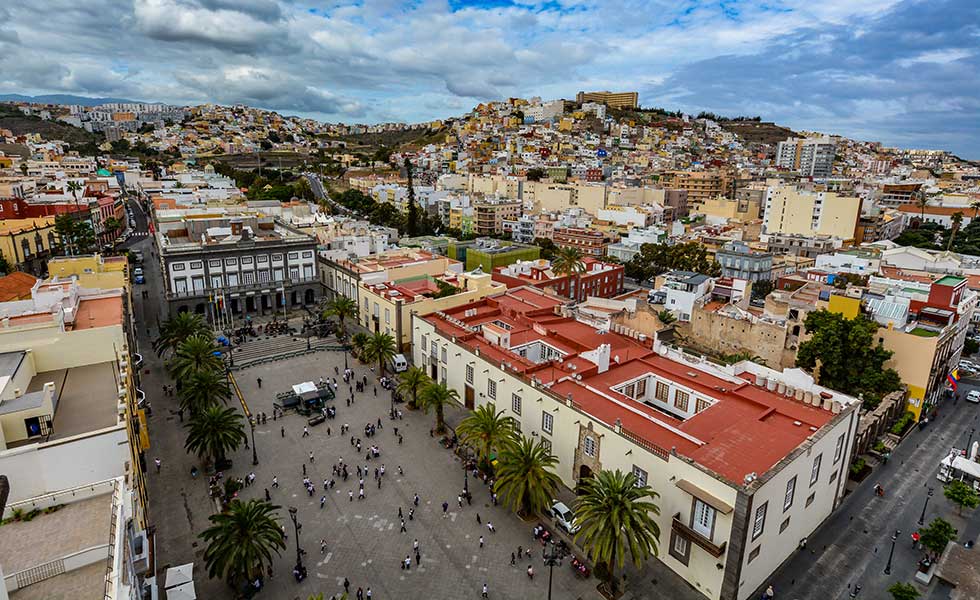
Living on the Canary Island as a Freelancer
Las Palmas De Gran Canaria is a city with many attractive, educational, recreational, and historical places to visit and live. It’s considered one of the best locations for freelancers to work in Europe.
If you are a freelancer, here is why you should consider living in Gran Canaria. The quality of life is up to standard, and the cost of living is relatively low. On average, the cost of living for nomads is $1654 per month. There is reliable and superfast internet, 360 days of sunshine, beach life & activities, City Life- Food and Drink, International direct flights and an established freelancing community
Freelancing Community in Gran Canaria
In this city, numerous communities and forums create an avenue to connect with freelancers and top digital workers. The Facebook platform has been a useful resource centre, but also there is “Mighty Network” as a place to gain and give insights, share ideas, stories, tips and find new friends.
There are other Facebook groups that are currently active and available for freelancers. The groups include “Live It Up Las Palmas Community”, “Gran Canaria Digital Nomad Facebook Group”, and “Expat Families in Gran Canaria Facebook Group”.
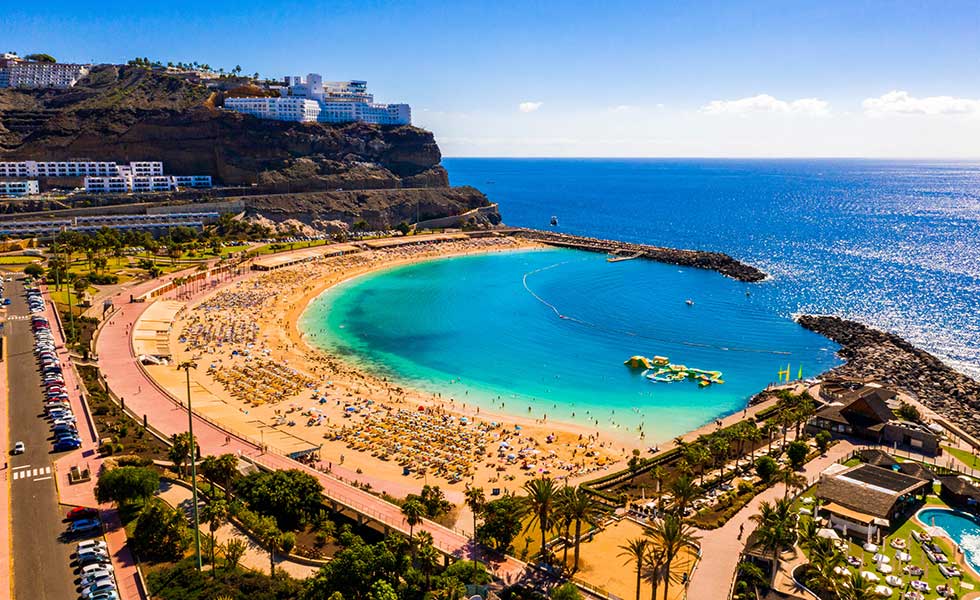
Coming to the Gran Canaria Island
There is a privilege for citizens of Non-European Union countries to spend up to 3 months in Spain without Visa. Other Non-EU citizens may not be eligible but can apply for a short-stay Schengen visa. This type of visa will allow you to stay in Spain and travel to some selected countries in the Schengen area for 3 months.
If you intend to stay longer than 90 days in Gran Canaria, you will be required to apply for residence and a long-term work visa. Applying for this kind of visa has to be from your home country via a Spanish consulate at least a month before you travel to Gran Canaria.
Six Exciting Places to Visit on this Island
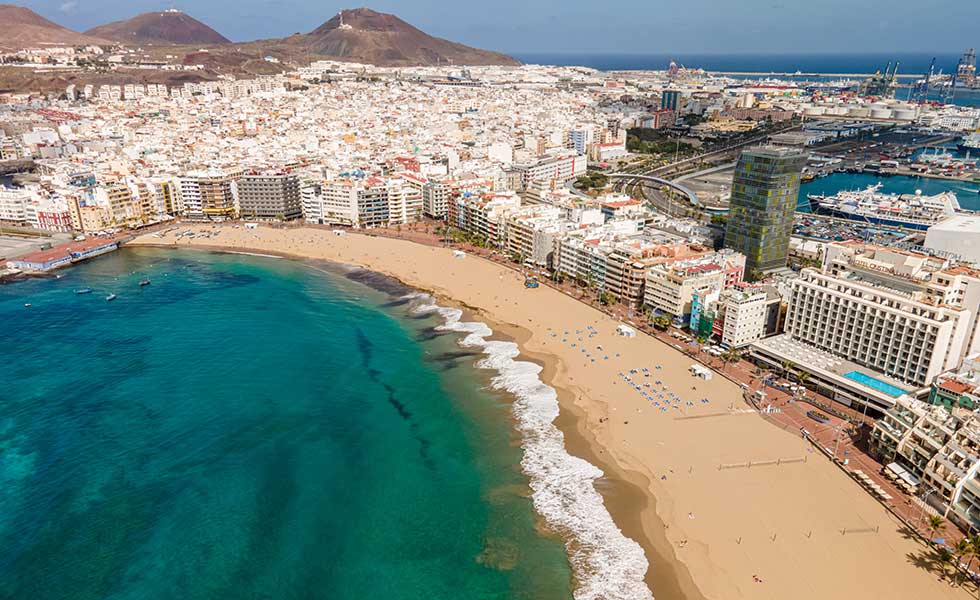
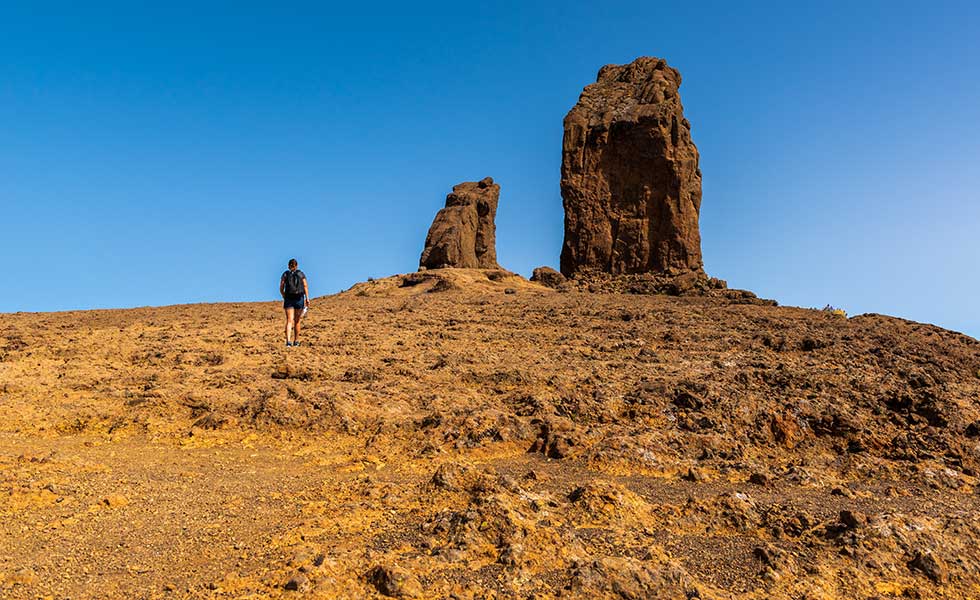
Playa de Las Canteras
Playa de Las Canteras is a beach located in the urban part of the city; there are unique services and amenities along its promenade, situated in the centre of the town with lots of beautiful views. The golden sand on the beach makes it unique and attractive.
Rogue Nublo
This rock is 67m tall and 1,813m above sea level and takes 1 hour and 6 minutes to climb. One of the tourist attractions in Gran Canaria is the rock made up of red basalt. Various volcanic activities form the stone.
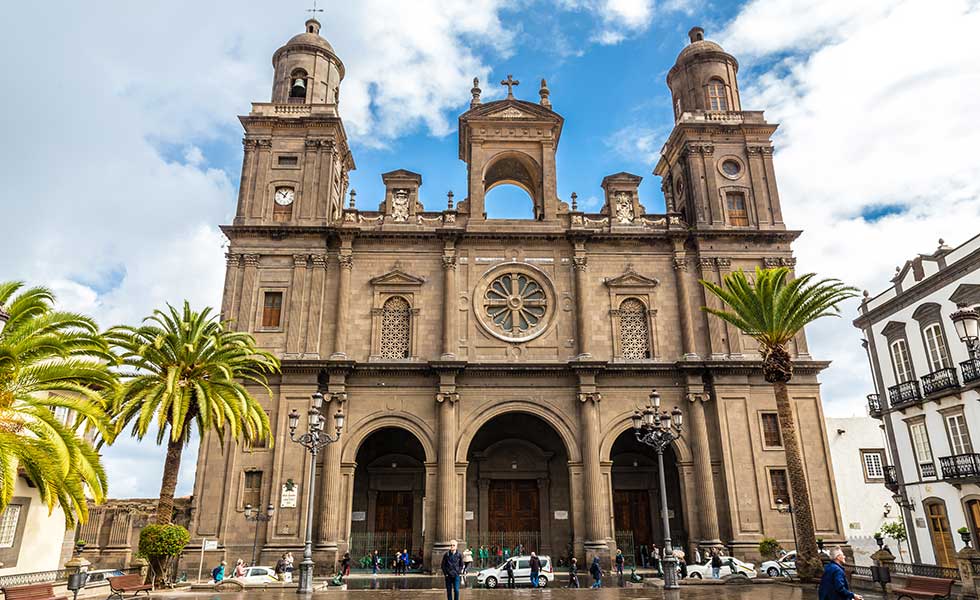
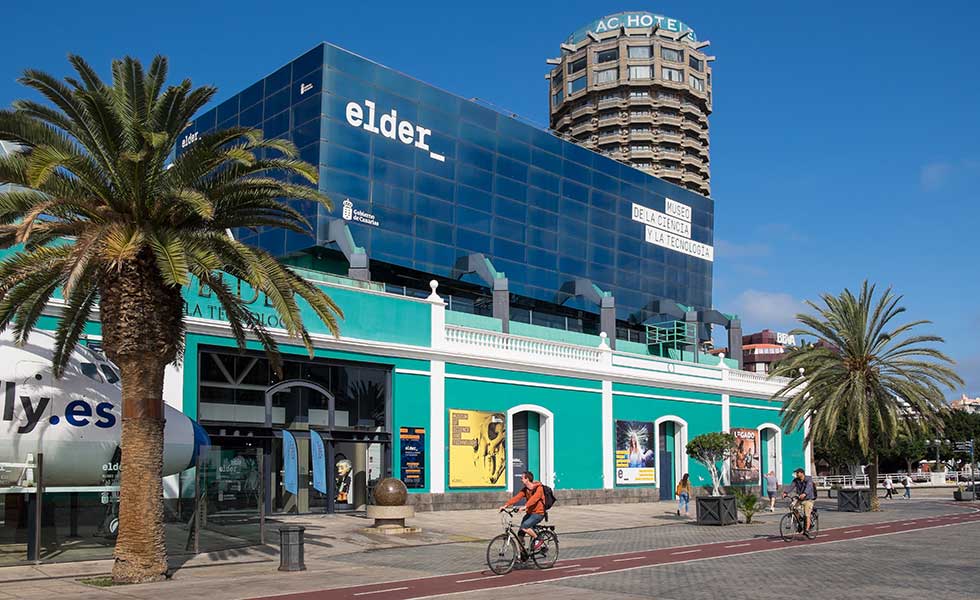
Vegueta
Vegueta is one of the oldest cities in the world. Vegueta gave birth to Gran Canaria in the 15th century. Santa Ana cathedral is one of the historical sites in Vegueta. Vegueta is located on the corner of a cobbled street and has plenty of outdoor terraces.
The Museo Elder de la Ciencia y la Tecnologia
There is a display of technological artefacts, including astronomy, geography etc. on the 4th floor. There are many unique items such as Robocoaste, Marine diesel engines etc. on display in the museum.
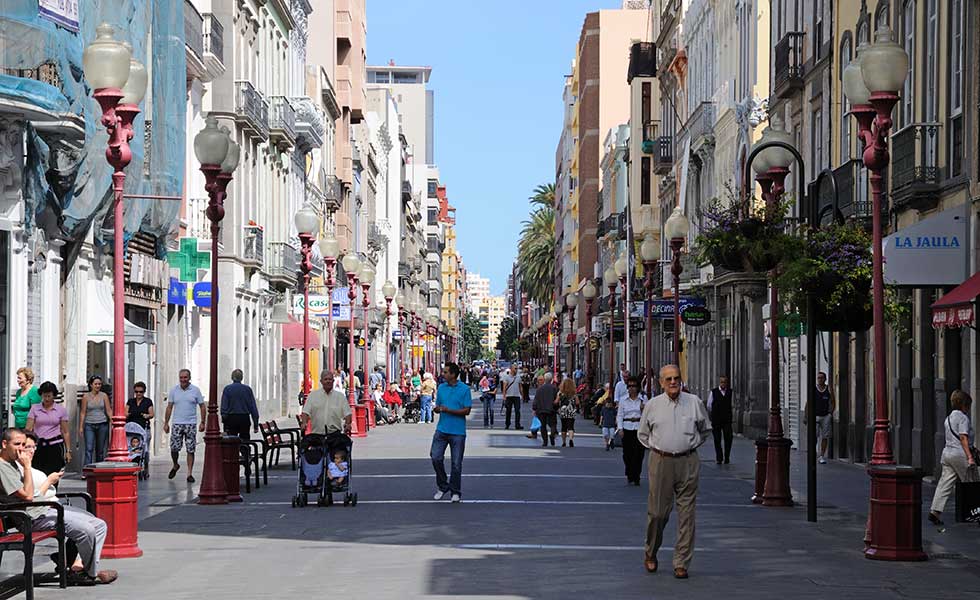
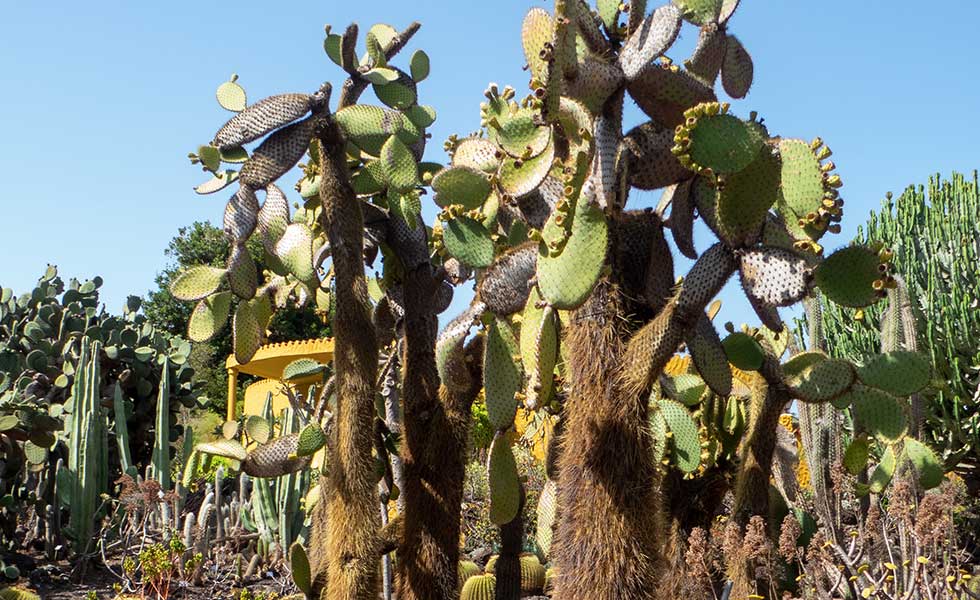
Calle Triana
This is one of the liveliest areas in Palmas, with streets full of shops and beaches. Calle Triana is the main commercial centre because of its multiple shops. The shops are lined up on pedestrian streets, making it easier to go shopping with children.
Jardin Botanico Viera y Clavijo
Jardin Botanico is a botanical garden of 10 hectares of land with a waterfall and caves, named after a famous Spanish cleric and scholar Jose Viera y Clavijo. This botanical park which opens all day and closes by 6 pm has over 500 plant species on display.





